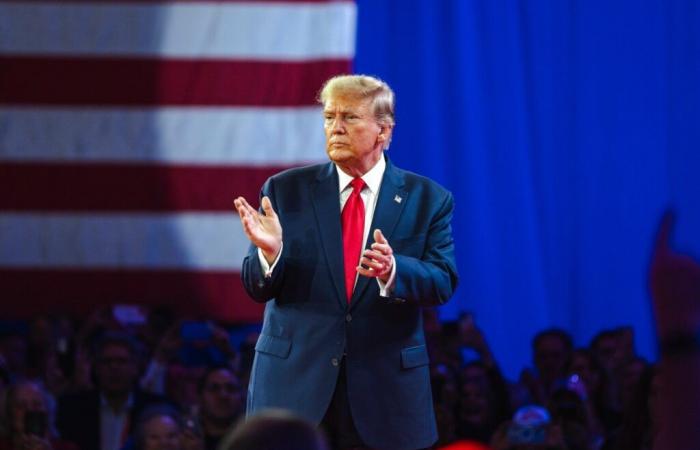The threat of a trade war on American automobiles resurfaces. But between electoral rhetoric and industrial reality, the application of the customs duties envisaged by Donald Trump raises questions about the future of the industry and its economic repercussions.
As President-elect Donald Trump promises aggressive tariffs to “protect” the American auto industry, his plan is causing concern and skepticism. Behind the political slogans, the reality of globalized supply chains makes this promise complex, even unrealistic. Automakers and consumers could pay a high price.
Industrial patriotism under high tension
Donald Trump retcons tariffs, promising to put the US auto industry back in the spotlight by heavily taxing imports. The theory? Punish parts and vehicles produced outside the United States to encourage manufacturers to “come home”. The practice? A more complex mechanism than his speeches suggest. The president-elect's flagship proposal, unveiled with great fanfare this week, provides for a 25% tax on all products from Mexico and Canadapartner countries of the United States-Mexico-Canada Agreement (USMCA). This trade pact, although negotiated by Trump himself, had until then protected North American automobile trade. But this protectionist policy could upset this balance by redefining what is truly “American.”
Ironically, even the Ford F-150 (the best-selling model in the United States) does not escape this complexity. With only 45% of parts from the United States or Canada, America’s favorite pickup truck is a far cry from the pure “made in USA” advocated by Trump as reported by CNN. As for the Tesla Model 3 and Honda Ridgeline (model not marketed in France), the only vehicles reaching 75% North American content, they also depend on open borders to preserve their competitiveness. Trump says his tariffs would bring jobs back to the United States, a vision that appeals to his electorate. But the industrial reality is quite different. Even if American factories magically appeared, their production costs would remain much higher than those of Mexican or Chinese facilities. Locally produced parts, although “patriotic”, would remain unaffordable for manufacturers.
An industrial puzzle without a miracle solution
The idea of producing exclusively in North America clashes head-on with economic reality. The automobile industry is a globalized monster: Mexican nuts, Chinese electronic chips, Canadian engines… Each component is optimized to reduce costsa luxury difficult to reproduce in American factories where labor is more expensive. And when manufacturers have to choose between paying customs duties or investing in local infrastructure, the calculation is quickly made: consumers will foot the bill. The impact of these taxes could be devastating. By increasing the cost of imported vehicles, they would mechanically reduce the supply available on the market. Less choice, more pressure on prices: buyers could see prices soaras was the case in 2021 during the semiconductor crisis.
Worse still, the domino effect would also affect the second-hand market, usually a refuge for small budgets. Shares of General Motors plunged 9% after the announcement, while Ford and Stellantis fell 3% and 6%, respectively. Even Toyota and Honda, which assemble many cars on American soil, are feeling the fallout, a sign that no one will emerge from this reform unscathed. The idea of massive taxation could also have perverse effects on internal competitiveness. If foreign manufacturers find themselves penalized by prohibitive costs, American manufacturers could take advantage of this to inflate their margins without increasing their production. Result: an industry that is even more concentrated, less innovative, and consumers trapped in a spiral of price increases.
France






